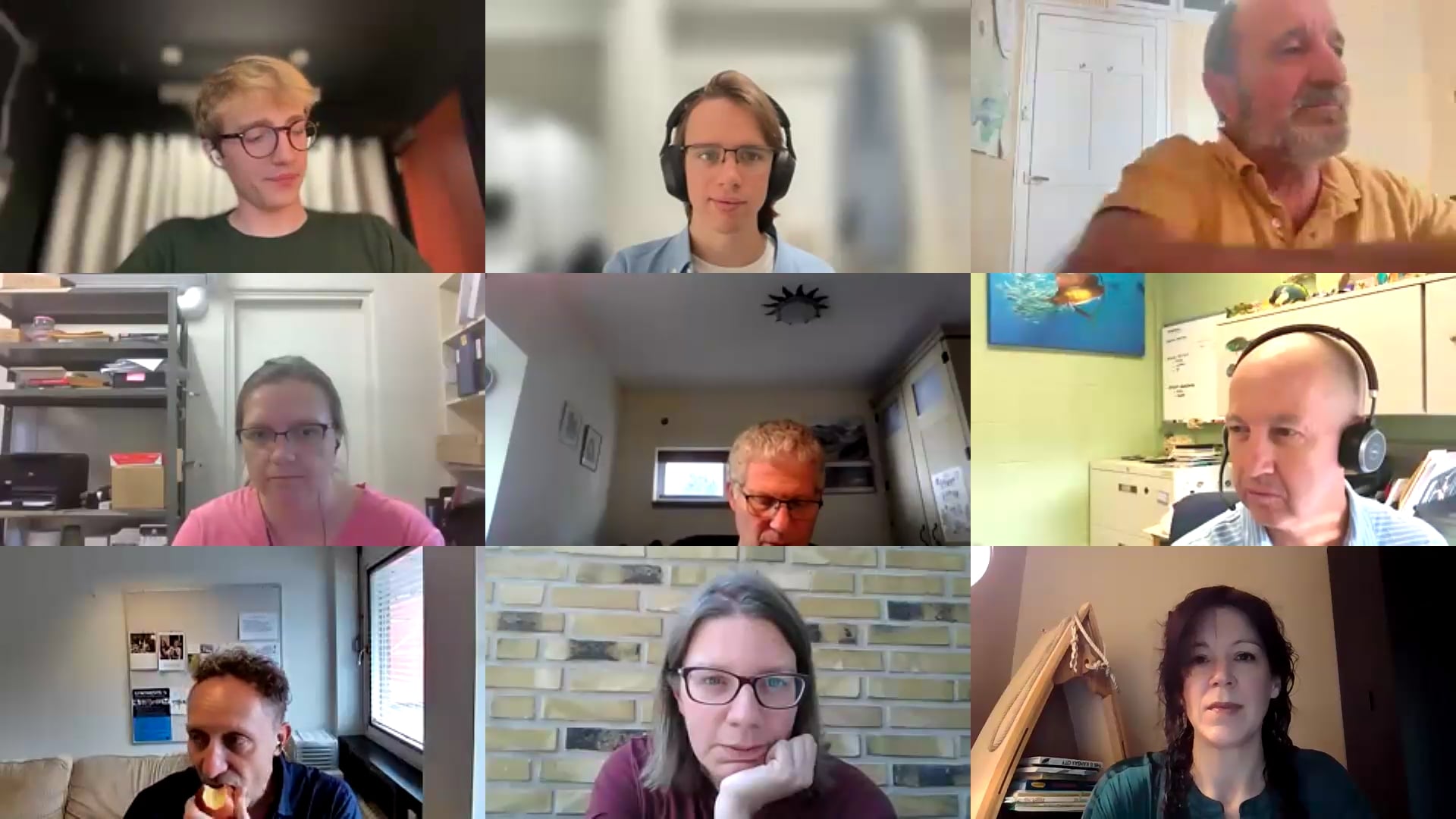[!info]
This webinar was recorded on July 25, 2024
Morning Session:
The areas of focus for this webinar session are:
-
Form Editing and Customization: It covers the basics of form editing and customization in Specify, including how to add new fields, modify existing fields, and create custom forms.
-
Conditional Forms: It explores the concept of conditional forms in Specify, including how to set up conditions based on field values, and how to use conditional forms to show or hide fields based on certain criteria.
-
Related Tables and Fields: It discusses how to work with related tables and fields in Specify, including how to show data from related tables on a form, and how to use related fields to set up conditions.
-
Panel System and “Mini” View Definitions: It covers the panel system in Specify, including how to create “mini” view definitions within a panel.
-
Aggregation and Table Formats: It touches on aggregation and table formats in Specify, including how to show aggregated data from related tables on a form.
-
Best Practices and Troubleshooting: It provides best practices and troubleshooting tips for working with forms, conditional forms, and related tables in Specify.
Afternoon Session:
The areas of focus for this session are:
-
Sharing forms and customizations between collections or databases: It covers how to copy over or share forms and customizations from one collection to another, including how to download and import form definitions, and how to create a new form definition based on an existing one.
-
Setting up a collection relationship: It demonstrates how to set up a collection relationship between two collections, including how to create a custom view definition for the collection relationship type table, and how to add a plugin to the form to display the related records.
-
Conditional forms: It discusses how to set up conditional forms, including how to use conditions to show or hide fields based on the value of another field, and how to use virtual fields to resolve the current determination based on whether it is checked as current.
-
Querying and aggregating related records: It covers how to query and aggregate related records, including how to use table aggregations to show related records in a single field, and how to use conditions to filter related records.

